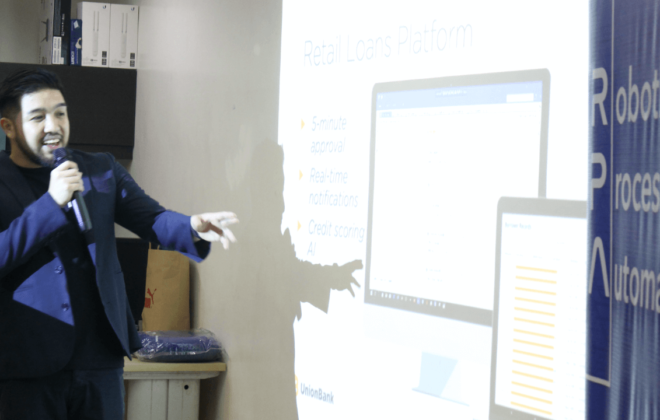Best Automation Practices to be Ready for the Future of Work
Automation is an unavoidable change organizations have to face in one way or another. After all, the ever changing nature of mankind relies on the prospect of progress and there’s no better process to improve and streamline a business than automation. Robotic Process Automation (RPA) continues to help businesses keep up with the rising demands through efficiency and accuracy without the unnecessary burden manual labor brings. In fact, AI and robotics can help boost the country’s annual productivity by 15%.
Despite this, it is important to note that integrating automation to any business is easier said than done. Here are a few best practices to apply to gear up for the future of work.
Acknowledge the need for automation
According to Dr. Yasuyuki Sawada, chief economist at Asia Development Bank (ADB), businesses must not be reluctant to embrace innovation and automation. By acknowledging the need for the business to automate and coming up with ways to do so helps it to keep up with the Fourth Industrial Revolution.
It is also important to note that like any other advancement across industries, changes will occur especially with employment. McKinsey Global Institute predicted in their study that while automation can displace 15% of the global workforce in 2016 to 2030, this dip can be offset by the 21-33% global labor demand it brings.
Identify which processes to automate
Before jumping directly into automation, analyzing existing business processes is a must. Familiarity to the ins and outs of the organization’s daily operation greatly helps in identifying which tasks can be optimized by automation.
Prioritize automation opportunities based on different business goals. Seek the help of experts when choosing the correct approach and which tools to use in order to get results in a timeline that works best for the business.
Identify and acknowledge employee personalities
Achieving successful RPA integration also requires companies to take a deep dive into their employee population. Acknowledging the different personas people have towards work will make it easier to identify who can handle tech changes easily and who needs more training. That way, it will be easier to leverage skillsets of technical employees and maximize both their potential and that of the automated processes.
Provide employees with proper training
According to McKinsey Global Institute, getting the full potential from automation requires people and technology to work hand in hand. Make sure that employees get proper training when it comes to utilizing automation in day to day business processes. This not only increases the workers’ responsiveness to current industry trends but also assures smooth sailing integration.
When employees are given proper training, businesses can easily reskill them and allow them to embrace new technology while boosting productivity and competitiveness.
Scale smart
One of the biggest mistakes businesses make when integrating automation is by taking things too fast. What they forget to consider is that the key to scaling lies in an established Center of Excellence for automation. Much like in any COE in other businesses, it acts as a central unit that manages the development and deployment of bots used for automation. It should comprise a cross-functional team that oversees integration of new technology while keeping true to governance practices.
The COE must be able to standardize automation within the organization and the same time educate other members of the business to develop best practices.
Integrate structural change
Automation means there’s more room for proper talent and skillset to thrive in the business. Planning a structural change in recruiting, retaining, and managing employees is important in order for the organization to adapt swiftly to change. This way workers can move easier from role to role and across organizational boundaries.





